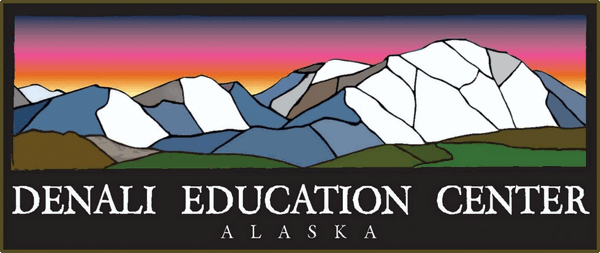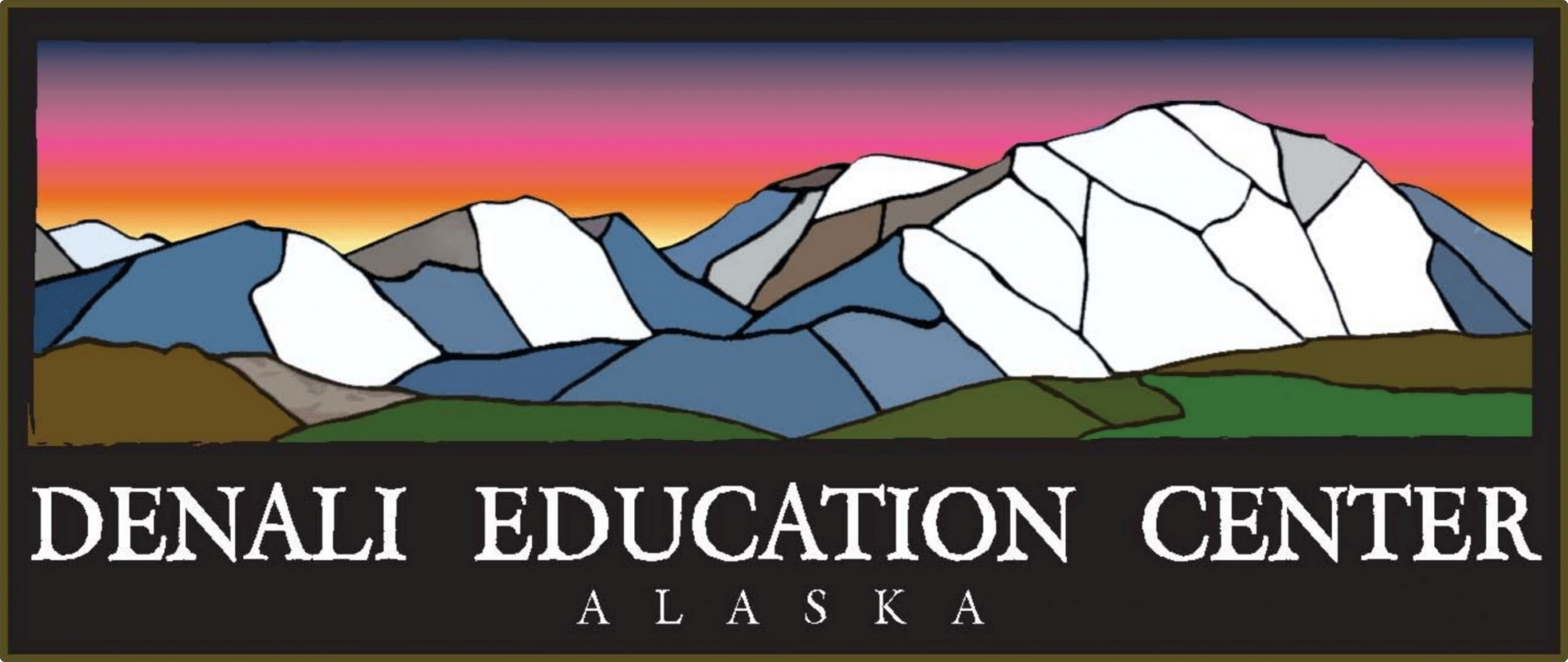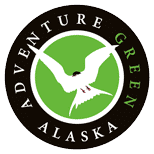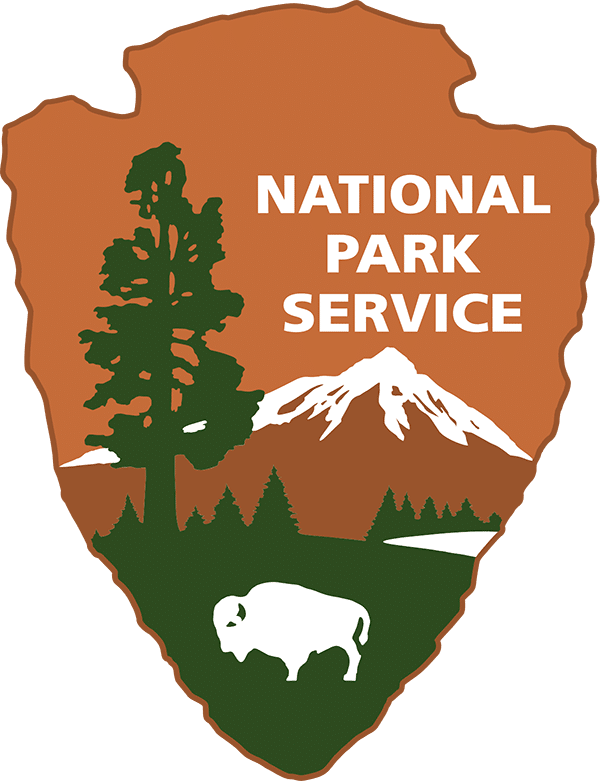DINEEGA is the Athabaskan name for moose. The name “elch” in German and “elg” in Norwegian are European names for the animal we call moose. How the animal the American natives called wapiti came to be called “elk” is still an unsolved mystery. Whatever the origin of the name, the history of the moose began in Asia a million years ago. The moose was roaming the same north country while the mammoth shared its habitat.
The moose has enriched the lives of peoples down the centuries with nearly every part of its anatomy used, from ceremonial potlatch to medicinal use of the tiny bone in its heart. It is highly important for subsistence and enriches our lives in the many ways wild creatures have always inspired us. Estimates suggest the annual harvest of approximately 9,000 to 10,000 moose, around five million pounds of meat, for Alaskans and nonresidents.
During fall and winter, moose consume large quantities of willow, birch, and aspen twigs. In winters with deep snow, moose spend much more energy getting to these foods and avoiding predators. Their winter foods are of lower quality than what they eat in summer and provide less energy; consequently, they need to eat more of it. During harsh winters, having both extremely cold temperatures and deep snow, moose expend more energy than they take in, and many can starve. Moose will conserve energy in deep snow by staying on packed trails or cleared areas such as roads and train tracks. This, too, results in more moose fatalities and creates a severe hazard for motorists, skiers, dog mushers, and anyone else trying to share the same route.
The Alaska Department of Fish and Game wildlife information series suggests a few things we can do to help besides driving slower at night. Don’t bother moose, and keep your pets away from them. Make trails for moose to use to access food away from dangerous areas. And most importantly, don’t feed them. Keep them wild. Down through the millennia, the loss of calves and adults to winter kill has always occurred. It has only been in the recent past that man’s developments have altered the face of Alaska. These activities create conflicts between man and moose as moose eat crops, wander city streets, and collide with cars and trains. The complexity of finding solutions for man and wild creatures to share the same habitat has vexed most planners, politicians, and resource managers. Hopefully, moose will continue to pursue their quiet, solitary ways, tolerating us and providing so much.



